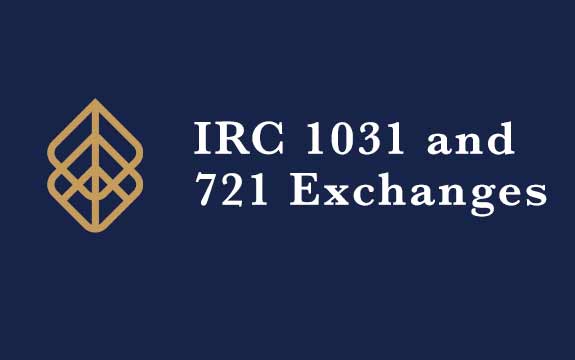


Again, this is why we use the approach of using a portion of the 1031 exchange proceeds in a 721 UPREIT strategy, and then deploy the remainder into a portfolio of DST properties that will have the potential for a staggered exits whereby the investor has the choice of 1) doing another 1031 exchange into more DSTs (where the investor must read the Private Placement Memorandum of each DST to understand the business plan and risk factors of investing in DSTs), 2) doing another 1031 exchange into any other type of like-kind property that they would own and manage on their own or 3) cashing out and paying their taxes. Utilizing the 721 UPREIT, an investor could be trapped in a Private or Publicly Registered Non -Traded REIT for 5-15 years or even forever causing the investment to actually be highly illiquid as opposed to the liquidity they hoped they were going to receive by selling there shares once the REIT was publicly traded. The 721 UPREIT often has liquidity and pricing lock-ups that many investors are not always aware of.Due to the volatility of the stock market, investors who utilize a 721 UPREIT into a REIT that is public or will potentially go public in the future, are subject to the ups and downs of the stock market and are no longer owners of private real estate. Many investors are not aware that the OP units are, or will be, if the REIT lists on a stock exchange, potentially tied to a fluctuating stock price. Investors need to be aware that with a 721 UPREIT, their interest in real estate will be transferred to Operating Partnership (OP) units.An approach that we have utilized is one in which an investor exchanges a portion of their equity via the 721 UPREIT and with the rest of their equity they then continue to utilize the 1031 exchange into Delaware Statutory Trusts (DSTs) whereby they are able to defer future taxes. For many investors, the idea of no longer being able to defer their federal capital gains taxes, state capital gains taxes, depreciation recapture tax and medicare surtax is a frightening thought – some of these investors then decide that a 721 UPREIT is not for them. If an investor utilizes the 721 UPREIT then they will no longer be able to utilize the 1031 exchange, and when they sell their interests in the REIT that they exchanged into via the 721, they will be paying their taxes. After The 721 UPREIT transaction is completed, it marks the end of an investor’s 1031 exchange capabilities.The question that many investors ask is – Can I 1031 Exchange into a REIT? The 721 UPREIT can be a potential answer to this question, however there are multiple items that investors must be aware of and carefully consider prior to deciding to pursue this route. Some of our investors have inquired about the 721 UPREIT (Umbrella Partnership Real Estate Investment Trust) mechanism in both DSTs and Private and Publicly Registered Non-Traded REITS. Here at Kay Properties, we have many clients who inquire about different 1031 exchange options. Obviously, we will have to examine carefully the nature and value of the assets as we combine the portfolios in this partnership.By: Orrin Barrow, Vice President at Kay Properties and Investments, LLC In these letter rulings, the contribution of property into a partnership was held not to create diversification for the transferors if they fell within the guidelines outlined above. There are at least two letter rulings supporting this rule (Private Letter 9328035 and Private Letter 9310019). Under a corporate rule ( § 368(a)(2)(F)(ii)) which is held to apply in the partnership setting, if not more than 25% of the value of the total assets are invested in stocks and securities of any one issuer and not more than 50% of the value of the total assets is invested in stocks or securities of five or fewer issuers, then the investment company will be considered not to have tripped the diversification rule. The reason for this rule is to avoid a perceived abuse where two or more individuals would combine their portfolios as an indirect method of diversifying the portfolios rather than selling stock and reinvesting to diversify.ģ.1.1 There will be no deemed diversification if the portfolios being combined meet certain highly technical tests. An investment company is generally a partnership where more than 80% of the value of the assets (excluding cash and nonconvertible debt obligations) are held for investment and are readily marketable stock or securities or other interests. Under a partnership tax rule (IRC § 721(b)), gain is recognized on the transfer of appreciated property to a partnership if the partnership constitutes an investment company. There is a potential income tax trap involved with setting up a partnership holding stocks and other portfolio investments.


 0 kommentar(er)
0 kommentar(er)
